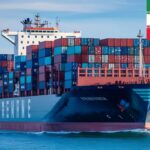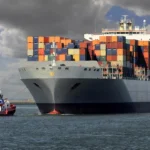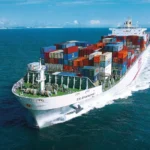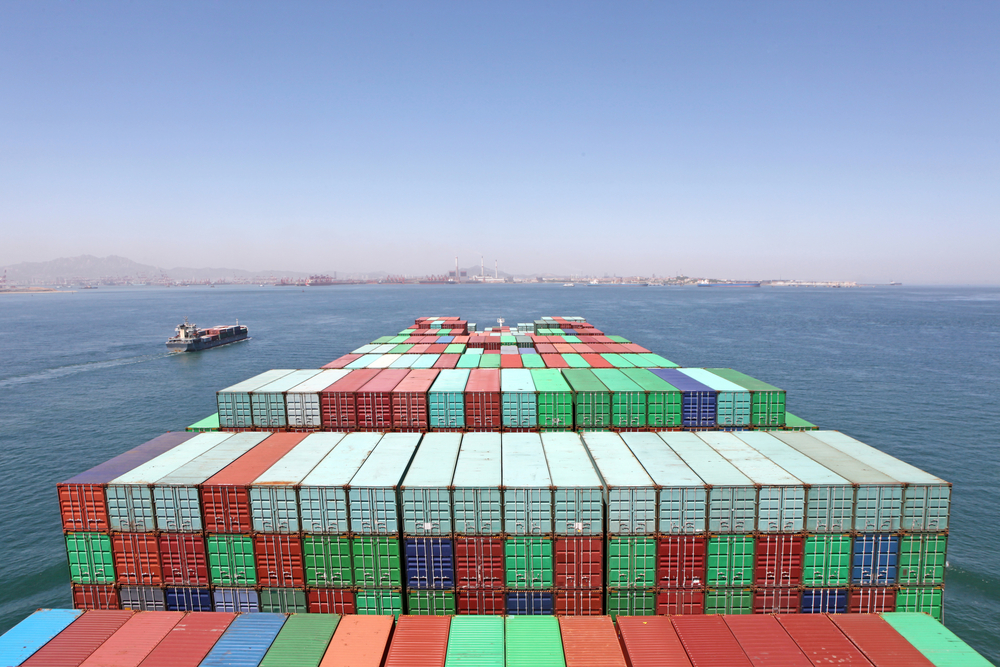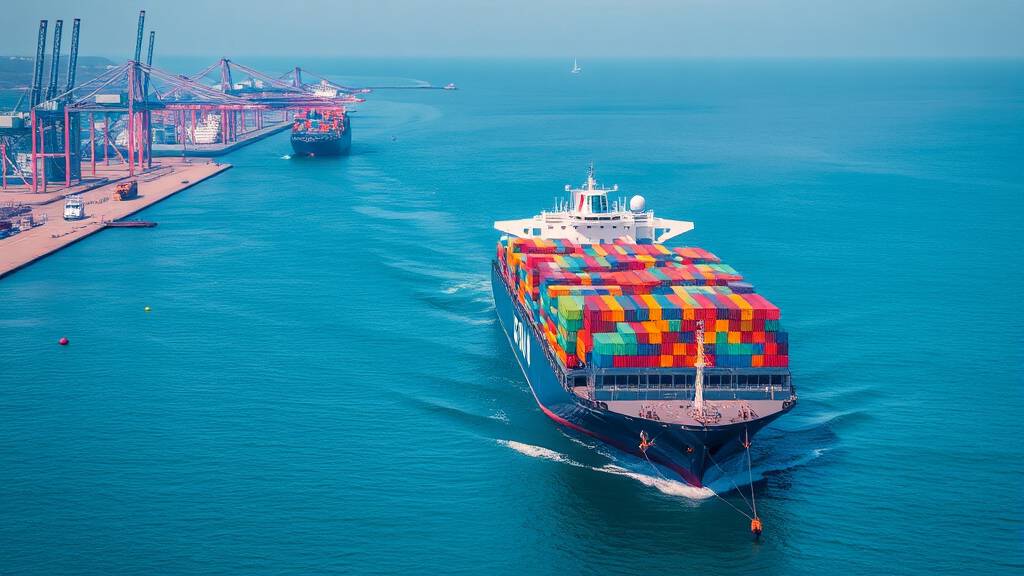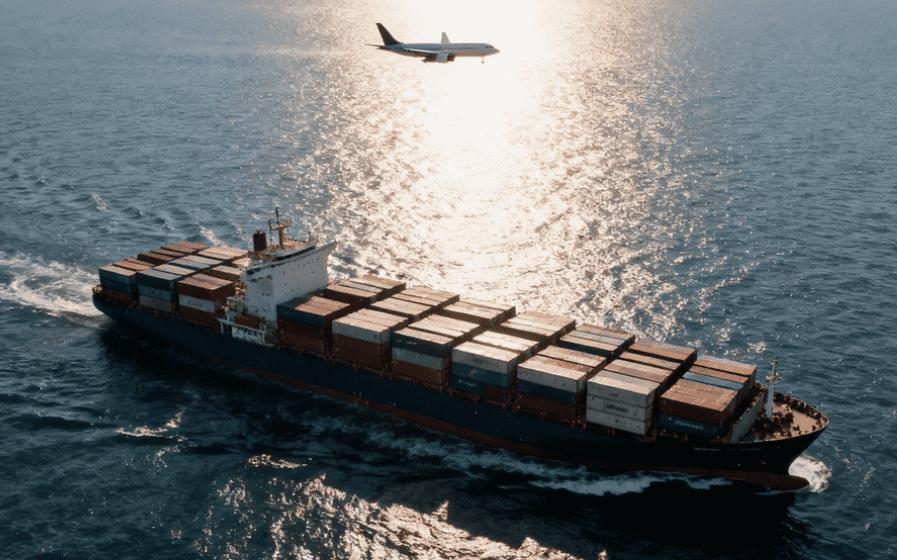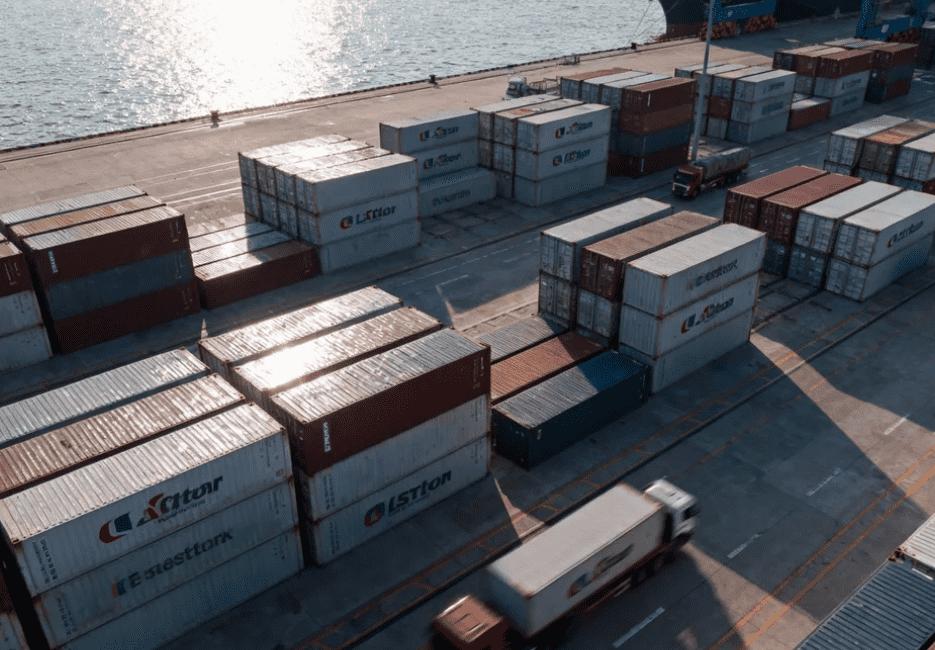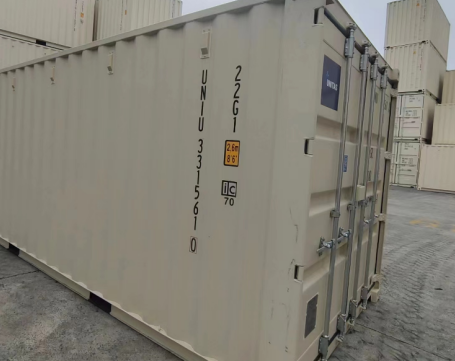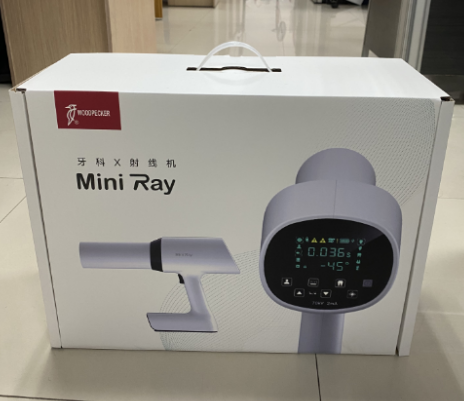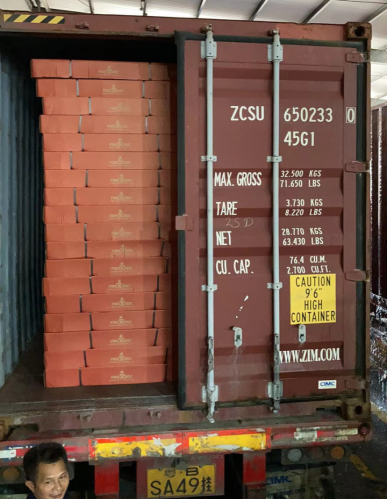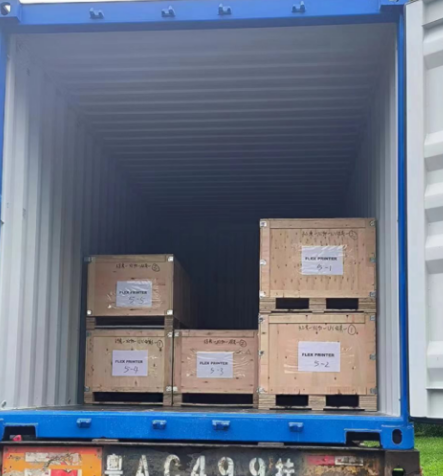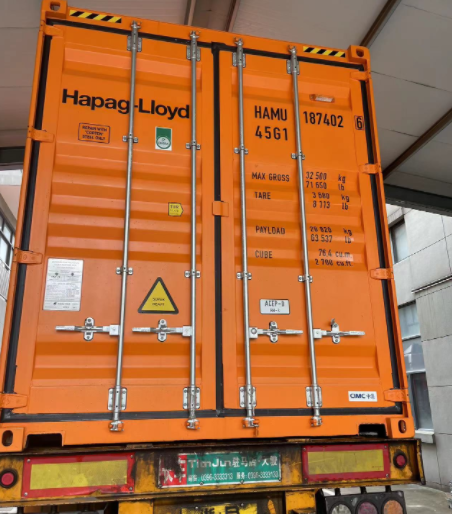Are you curious about container shipping costs from China to Iran in 2025?
Understanding these costs is crucial for businesses engaged in global trade. In this comprehensive guide, we will delve into the intricacies of container shipping, breaking down expenses for both 20 ft and 40 ft containers. Additionally, we will explore the factors that influence shipping rates, such as container type, distance, and seasonal variations. Join us as we uncover valuable tips for reducing your shipping costs and optimizing your logistics strategy.
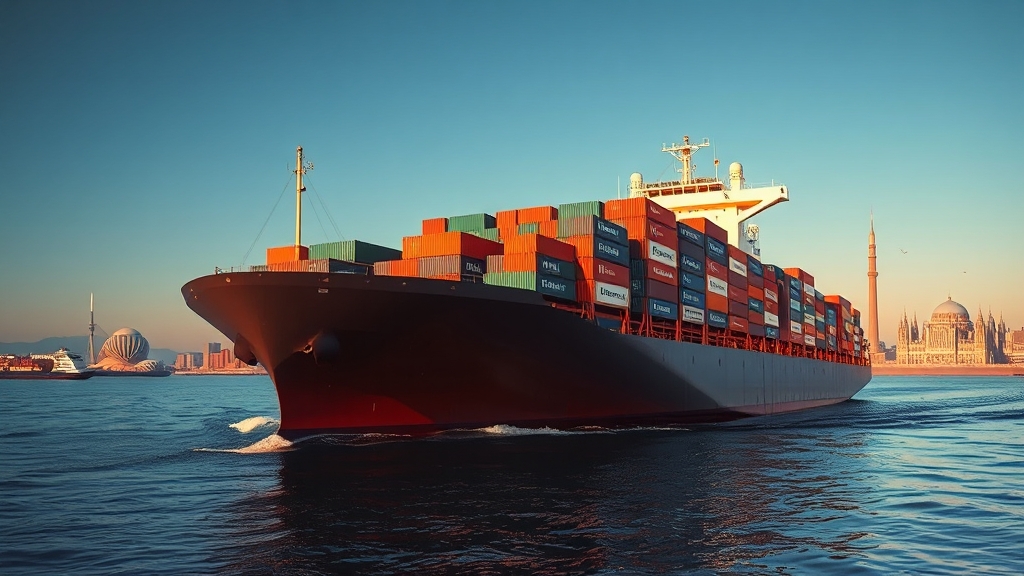
Container Shipping from China to Iran
Container shipping is the most cost-effective and reliable method for transporting goods in bulk from China to Iran. Most importers choose ocean freight, utilizing standard shipping containers in either Full Container Load (FCL) or Less than Container Load (LCL) arrangements, depending on their cargo volume.
FCL (Full Container Load)
- FCL means your shipment exclusively uses a standard 20-foot or 40-foot container.
- Ideal for large or high-volume shipments, as it offers increased security and cost savings per unit.
- 20ft containers generally accommodate up to 28 cubic meters, while 40ft containers double this capacity and are more cost-effective for larger shipments.
LCL (Less than Container Load)
- LCL Shipping is best when your cargo doesn’t fill a whole container.
- Your goods are consolidated with shipments from other importers, and costs are charged per cubic meter.
- This method is suitable for small and medium businesses or for testing the Iranian market with limited inventory.
Choosing the Right Container Size
| Container Size | Dimensions (Approx.) | Typical Volume Capacity | Best For |
|---|---|---|---|
| 20ft Container | 5.9m x 2.35m x 2.39m | ~28 CBM | Medium-sized bulk shipments |
| 40ft Container | 12.03m x 2.35m x 2.39m | ~58 CBM | High-volume or heavy cargo |
Route and Timeframe
Shipping by ocean freight from China to Iran typically takes 25–35 days port-to-port, depending on the exact origin and destination ports.
Regardless of your choice, a reliable freight forwarder from china to Iran like Dantful International Logistics can provide tailored solutions and competitive International Container Shipping Prices.
Sea Shipping Routes from China to Iran
Key Chinese Departure Ports
- Shanghai Port: China’s top hub for Sino-Iran trade, shipping machinery, steel, and electronics (often via Dubai transshipment) to Iranian ports.
- Shenzhen Port: South China’s core, with weekly direct services to Bandar Abbas (13-day transit), exporting electronics and textiles from the Pearl River Delta.
- Ningbo-Zhoushan Port: High-throughput port, sending small home appliances and plastics to Bandar Abbas/Khomeini (18–22-day transit) at low cost.
- Qingdao Port: Northern China’s hub, shipping machinery and chemicals to Iran (via Persian Gulf transshipment) for Iran’s industry.
Main Iranian Destination Ports
- Bandar Abbas: Iran’s busiest port (Strait of Hormuz), handling 85% of Iran’s container imports—most from China (electronics, consumer goods)—and distributing to inland cities.
- Bandar Khomeini: Iran’s bulk cargo hub, receiving Chinese steel and construction materials (18–25-day transit from China) for infrastructure needs.
- Bandar Bushehr: Secondary hub, importing Chinese energy-sector machinery (often transshipped via Bandar Abbas) for Iran’s oil/gas projects.
Route Basics
Most routes go South China Sea → Strait of Malacca → Arabian Sea → Persian Gulf. Direct Shenzhen-Bandar Abbas takes 13 days. Other Chinese ports take 18–25 days (some transshipped). Key cargo: Chinese machinery, electronics, textiles for Iran’s domestic and industrial demand.
20 ft Container Shipping Cost from China to Iran
Cost Breakdown for 20ft Containers
When it comes to shipping a 20 ft container from China to Iran, several factors contribute to the overall cost. Below is a detailed breakdown of these costs:
| Cost Component | Approximate Cost (USD) | Description |
|---|---|---|
| Base Freight Rate | $800 – $1,200 | This is the standard fee charged by shipping lines for transporting a 20 ft container. Rates can vary based on the shipping line and the current demand. |
| Port Fees | $150 – $300 | Fees incurred at both the departure and arrival ports, which include loading, unloading, and storage charges. |
| Customs Duties and Taxes | 5% – 15% of cargo value | Duties imposed by the Iranian government on imported goods. Varies based on the type of goods being imported. |
| Insurance Costs | $50 – $100 | Optional insurance to cover potential damage or loss of cargo during transit. |
| Handling Fees | $100 – $200 | Additional charges for the handling of cargo at the port. |
| Total Estimated Cost | $1,200 – $2,100 | This is the approximate total cost for shipping a 20 ft container from China to Iran, inclusive of all the above components. |
Please keep in mind that these costs can fluctuate based on several factors, including the shipping line, current fuel prices, seasonal demand, and any additional services requested. For the most accurate and up-to-date information, it is advisable to consult with a reliable freight forwarder like Dantful International Logistics, which specializes in providing comprehensive and cost-effective shipping solutions tailored to your needs.
By understanding these costs and their components, businesses can better plan their logistics and budgeting strategies for importing goods from Shipping from China to Iran.
40 ft Container Shipping Cost from China to Iran
When it comes to shipping larger quantities of goods, the 40 ft container is often the preferred choice for importers in Iran. This section details the cost breakdown for shipping a 40 ft container from China to Iran, providing insight into what to expect.
Cost Breakdown for 40ft Containers
The total cost of shipping a 40 ft container from China to Iran can vary significantly based on several factors. Below is a general overview of the typical costs involved:
| Cost Component | Estimated Cost (USD) |
|---|---|
| Base Freight Rate | $1,200 – $2,500 |
| Insurance | $100 – $300 |
| Terminal Handling Charges | $150 – $400 |
| Customs Clearance Fees | $200 – $500 |
| Cargo Security Fees | $50 – $150 |
| Inland Transportation | $300 – $800 |
| Total Estimated Cost | $2,300 – $5,900 |
Note: Costs can fluctuate based on market conditions, shipping company, and specific routes. Always consult with a reliable freight forwarder like Dantful International Logistics for the most accurate quotes or check detailed information on Shipping from China to Iran to understand better.
Shipping From China to Middle East Countries:
- Shipping from China to Saudi Arabia
- Shipping from China to UAE
- Shipping from china to KUWAIT
- Shipping From China To EGYPT
- Shipping from China to Bahrain
- Shipping From China To Jordan
- Shipping From China To Israel
- Shipping from China to Qatar
- Shipping From China To IRAQ
- Shipping from China to Iran
Factors Influencing Container Shipping Costs
Several factors can impact the overall cost of shipping a 40 ft container from China to Iran. Understanding these factors is crucial for importers looking to optimize their shipping expenses.
Type of Container: FCL vs. LCL
When shipping goods, Full Container Load (FCL) and Less than Container Load (LCL) are two primary options. FCL involves renting the entire container, while LCL means sharing a container with other shipments.
FCL Advantages:
- Lower cost per unit when shipping large volumes.
- Faster transit times, as containers are loaded directly onto ships without delays.
LCL Considerations:
- More expensive on a per-unit basis due to additional handling and consolidation costs.
- Longer transit times due to multiple stops for loading and unloading.
Choosing the right option can significantly affect shipping costs and delivery times.
Distance and Shipping Routes
The distance between ports and the chosen shipping route also significantly affect costs. The most common shipping route from China to Iran involves transiting through major ports like Shanghai, Ningbo, and Qingdao to the Port of Bandar Abbas or Tehran. Longer routes or less direct paths may incur higher costs due to increased fuel consumption and transit times.
Seasonal Variations in Shipping Costs
Shipping costs can fluctuate seasonally based on demand. For instance, costs typically rise during peak seasons such as the Chinese New Year when exporting activities spike. Conversely, during off-peak times, costs may decrease due to lower demand for shipping.
Impact of Fuel Prices on Shipping Rates
Fuel prices are a significant factor in determining shipping rates. Fluctuations in oil prices directly impact the operational costs of shipping lines. When fuel prices rise, shipping companies often pass these costs onto consumers, resulting in increased freight rates. Importers should monitor fuel price trends and anticipate potential increases in shipping costs.
Understanding these factors is essential for importers to make informed decisions when shipping goods from China to Iran. By collaborating with a professional logistics provider like Dantful International Logistics, you can navigate these variables and find cost-effective solutions tailored to your shipping needs. For further insights, consider checking the freight forwarder from china to Iran for specific services and assistance.
Additional Costs to Consider in Container Shipping
When shipping containers from China to Iran, it is crucial to account for various additional costs beyond the basic shipping fees. These costs can significantly impact the overall budget and should be carefully considered for effective financial planning.
Customs Duties and Taxes
One of the most important additional costs to consider when importing goods into Iran is customs duties and taxes. The Iranian government imposes tariffs on various goods, which vary depending on the type of product being imported.
Customs Duties: These are taxes imposed on imported products, calculated as a percentage of the value of the goods. The rates can range from 0% to 45%, depending on the specific product category. For instance, consumer electronics may attract higher duties than raw materials or agricultural products.
Value Added Tax (VAT): In Iran, a VAT of 9% is applicable on most imported goods, adding another layer of expense.
Import Licenses: Certain products may require special import licenses, which can incur additional costs and processing time.
It is advisable for importers to consult with a reliable freight forwarder, like Dantful International Logistics, to navigate the complexities of these customs duties and ensure compliance with all regulations.
Handling and Port Fees
Handling and port fees are essential costs associated with the logistics of shipping containers. These fees cover the expenses incurred at the port of departure in China and the port of arrival in Iran.
Loading and Unloading Fees: These charges are applied for loading the container onto the vessel and unloading it upon arrival. They can vary by port, so it’s essential to check specific port fees for Shanghai or Ningbo to Tehran.
Terminal Handling Charges (THC): Ports typically charge THC separately for the services provided at their terminals, including stevedoring and cargo handling.
Storage Fees: If containers are not picked up promptly after arrival, storage fees may apply, which can accumulate quickly.
A comprehensive understanding of these fees will help importers budget effectively.
Insurance Costs for Container Shipping
Insurance is a critical component of container shipping. Given the potential risks associated with international shipping, securing proper cargo insurance can protect your investments.
Marine Cargo Insurance: This insurance covers loss or damage to cargo while in transit over sea or inland waters. The cost typically ranges from 0.5% to 2% of the declared cargo value.
Risk Assessment: The type of goods, value, and shipping route will influence the insurance premium. Higher-value goods may require more comprehensive coverage.
Insurance Policies: Different policies offer varying levels of coverage, including total loss, partial loss, and liability coverage. Importers should discuss options with their freight forwarder to choose the best fit for their needs.
Ensuring that cargo is adequately insured adds an essential layer of protection that can save importers from significant losses during transit.
Tips for Reducing Container Shipping Costs
Reducing container shipping costs requires strategic planning and effective execution. Here are several tips to help importers minimize expenses when shipping from China to Iran.
Choosing the Right Freight Forwarder
Selecting a proficient freight forwarder can lead to substantial cost savings. A trusted partner like Dantful International Logistics can provide:
- Competitive shipping rates due to established relationships with carriers.
- Expertise in navigating customs regulations and duties.
- Tailored logistics solutions that fit your specific needs.
Investing time in researching and selecting the right freight forwarder can lead to long-term savings and efficiency.
Effective Planning and Scheduling
Advanced planning is key to reducing shipping costs. Here are some strategies:
- Book Early: Securing space on vessels well in advance can help avoid last-minute surge pricing.
- Avoid Peak Seasons: Shipping during off-peak times can lead to lower rates, as demand for containers is less.
- Flexible Scheduling: Being flexible with shipping dates can lead to significant savings and more options.
Utilizing Freight Calculators
Freight calculators are valuable tools for estimating shipping costs. By inputting details such as weight, dimensions, and destination, importers can quickly obtain quotes from multiple carriers.
- Comparison: This allows for easy comparison of rates and services, helping you select the most cost-effective option.
- Budgeting: Accurate cost estimates assist in better budgeting and financial planning for shipments.
Consolidating Shipments for Cost Efficiency
Consolidating shipments can provide significant savings:
- Less-than-Container Load (LCL): If you do not have enough goods to fill a full container, consider LCL shipping. This option allows multiple shippers to share container space, reducing costs.
- Batching Orders: Combine multiple orders from suppliers into one shipment to maximize container use and minimize shipping costs.
By implementing these strategies, importers can effectively manage and reduce container shipping costs from China to Iran, ensuring a more profitable operation.
FAQs
How much does it cost to ship from China to Iran?
The cost to Shipping from China to Iran varies significantly based on cargo volume, shipping method (sea vs. air), and current market rates, making a direct quote from a freight forwarder essential for accuracy.
How much does a 40ft shipping container cost to ship from China to Iran?
The cost to ship a 40ft container from China to Iran is subject to market fluctuations but can range from several thousands of dollars for ocean freight, excluding local charges and duties; contact Dantful for a precise and current quote.
How much does it cost to ship a 20ft container overseas from China to Iran?
Shipping a 20ft container from China to Iran via sea freight typically costs less than a 40ft container, with rates fluctuating frequently; it’s best to obtain a real-time quote from a professional freight forwarder.
What is the cheapest way to ship a container from China to Iran?
The cheapest mode of transport from china for a container to Iran is generally ocean freight using either FCL (Full Container Load) or LCL Shipping if your cargo doesn’t fill an entire container.
How long does a shipping take from china to Iran?
How long is freight from china to Iran by sea freight usually takes approximately 25-35 days for port-to-port transit, with additional time needed for origin pickup, destination customs, and final delivery.

Young Chiu is a seasoned logistics expert with over 15 years of experience in international freight forwarding and supply chain management. As CEO of Dantful International Logistics, Young is dedicated to providing valuable insights and practical advice to businesses navigating the complexities of global shipping.




